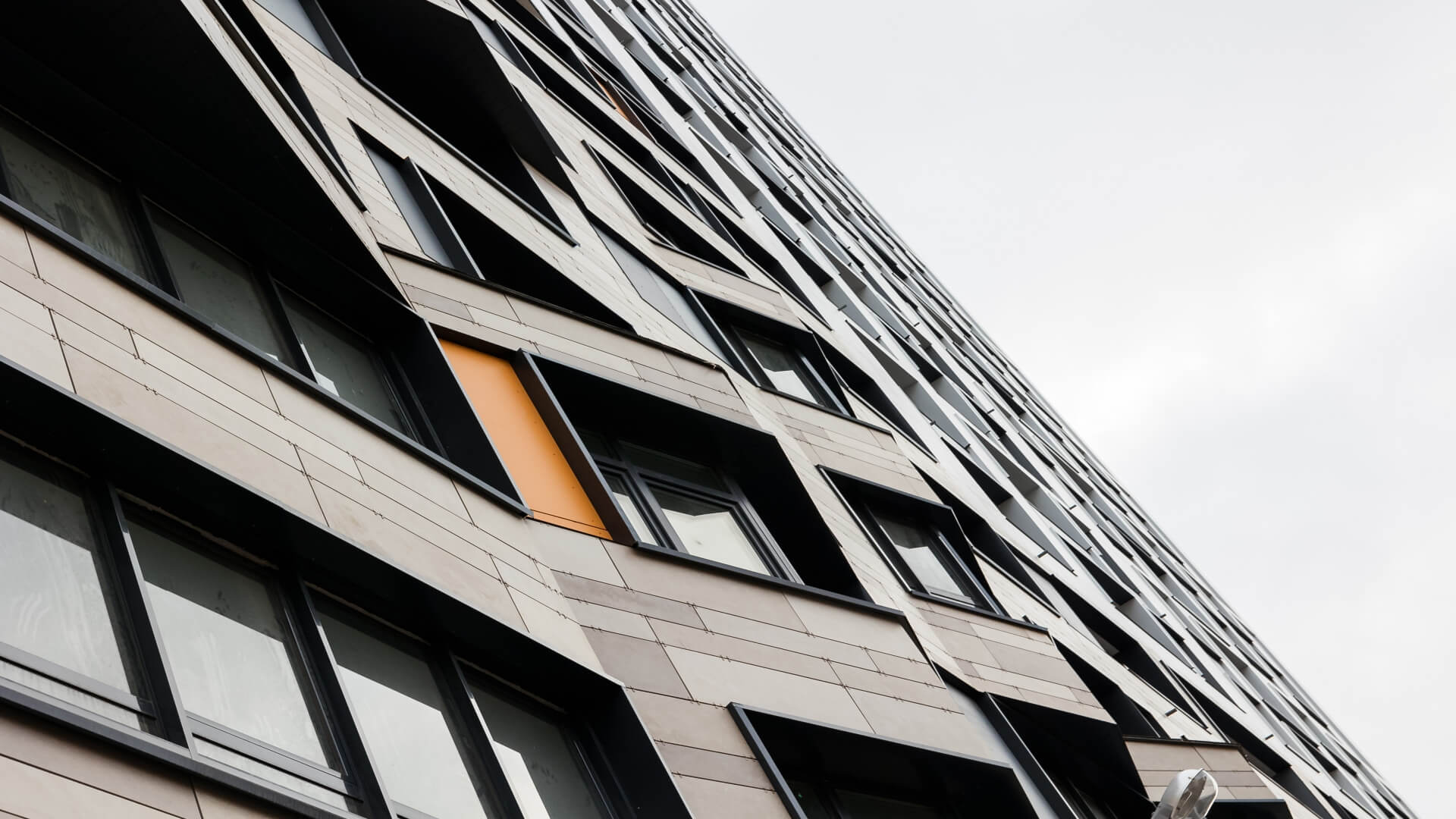Architectural cladding products have emerged as a transformative solution, offering a vast array of advantages that go beyond mere aesthetics. They provide a multifaceted approach to enhancing your building’s exteriors, fortifying its defences against environmental challenges, and embracing eco-friendly design principles. With a diverse selection of cladding materials available, each boasting unique characteristics and visual appeal, architects and designers have the freedom to craft bespoke structures that align perfectly with their creative vision.
This blog delves into the significant benefits of incorporating architectural cladding into your projects, shedding light on its role in elevating not only the appearance but also the performance and sustainability of your buildings. From cost-effective installation methods to protection against the elements and the promotion of energy-efficient practices, architectural cladding emerges as a cornerstone of modern design, combining functionality and style seamlessly. By exploring the major types of cladding and their functional roles, we unravel the potential of this dynamic building solution in bringing your architectural dreams to life. Prepare to embark on a journey through the world of architectural cladding, where innovation, versatility, and environmental consciousness converge to shape a new era of construction excellence.
Aesthetic Appeal: Creating Visually Appealing Buildings
Architectural cladding provides an excellent opportunity to enhance the aesthetics of your project without compromising your budget. The modular nature of cladding products simplifies installation, allowing you to add beauty, character, and texture to your building’s exterior cost-effectively.
With an extensive range of materials available, including timber, metal, fibre cement, and composite, you can find a style that complements any architectural vision. These diverse choices offer versatility in design and can elevate the overall appeal of your building significantly.
Protective Qualities: Shielding Against the Elements
Architectural cladding is engineered to withstand Australia’s harsh weather conditions, offering long-lasting protection to your building. It acts as a barrier against sun, rain, storms, and pollution, minimizing general wear and tear. While periodic maintenance may be required, the initial investment in architectural cladding saves substantial costs in maintenance and repairs over time.
Thermal Insulation: Promoting Energy Efficiency
Architectural cladding plays a significant role in shielding your building from the sun’s heat, enhancing energy efficiency. The insulated mounting systems prevent heat transfer and allow excess heat to dissipate between the cladding and walls. Opting for cladding that provides thermal insulation can help you manage energy bills and promote sustainable living.
Acoustic Insulation: Creating Serene Interiors
Soft cladding materials, such as timber, effectively disrupt, diffuse, and absorb sound waves, reducing noise pollution inside your building. Cladding designs with grooves or battens offer excellent acoustic insulation, creating a serene environment for occupants.
Fire Resistance: Enhancing Safety
Fire-resistant cladding, such as metal sheeting or fibre cement, minimizes damage in close-call scenarios with bushfires. Complying with local codes and regulations regarding fire-rated cladding ensures safety standards are met.
Sustainability: Contributing to a Greener Future
Choosing sustainable cladding products, produced from fast-growing timber species or incorporating recycled materials, reduces the project’s environmental footprint. By embracing eco-friendly design, you actively support the preservation of natural resources and promote sustainability.
The Major Types of Architectural Cladding: Elevating Your Design
The world of architectural cladding offers endless possibilities, allowing you to create unique and functional designs. Let’s explore some of the most common types of architectural cladding and their functional roles in your next project.
- Timber Cladding: Timeless Elegance with Modern Performance
- Modern timber cladding offers innovative designs like battens and sheet products that add depth and character to your building. High-performance timber cladding, such as Western Red Cedar, boasts exceptional resistance to UV radiation, dirt, rain, and other contaminants. Periodic reapplication of protective coatings ensures its longevity.
- Brick Veneer: Affordability and Enduring Strength
- Brick veneer stands as one of Australia’s most popular cladding choices, known for its affordability, durability, and resilience against harsh weather conditions. Available in various colours and styles, bricks offer design flexibility. Imitation brick veneers provide a cost-effective alternative.
- Metal Cladding: Aesthetic Versatility with Lasting Durability
- Metal cladding withstands sun, storms, and bushfires, making it an excellent choice for various projects. Installation is straightforward, with most products offered as sheets accompanied by specific mounting systems.
- Composite Cladding: High Design Impact at a Fraction of the Cost
- Composite cladding delivers a visually appealing result at a lower cost compared to natural materials. Products are designed to be hard-wearing and weather-resistant.
- Fibre Cement Board: Durability Meets Industrial Aesthetics
- Fibre cement cladding offers exceptional durability and resistance to Australia’s sun and storms. Available in numerous shapes, sizes, colours, and designs, it is a popular choice for those seeking a bold, industrial aesthetic.
In conclusion, architectural cladding products offer protection, energy efficiency, acoustic comfort, fire resistance, and sustainable design solutions. With a diverse array of cladding options available, you have the freedom to design a building that reflects your vision while ensuring it withstands the test of time and remains environmentally responsible. By harnessing the power of architectural cladding, you can create structures that are visually captivating and contribute positively to the world we live in.
































